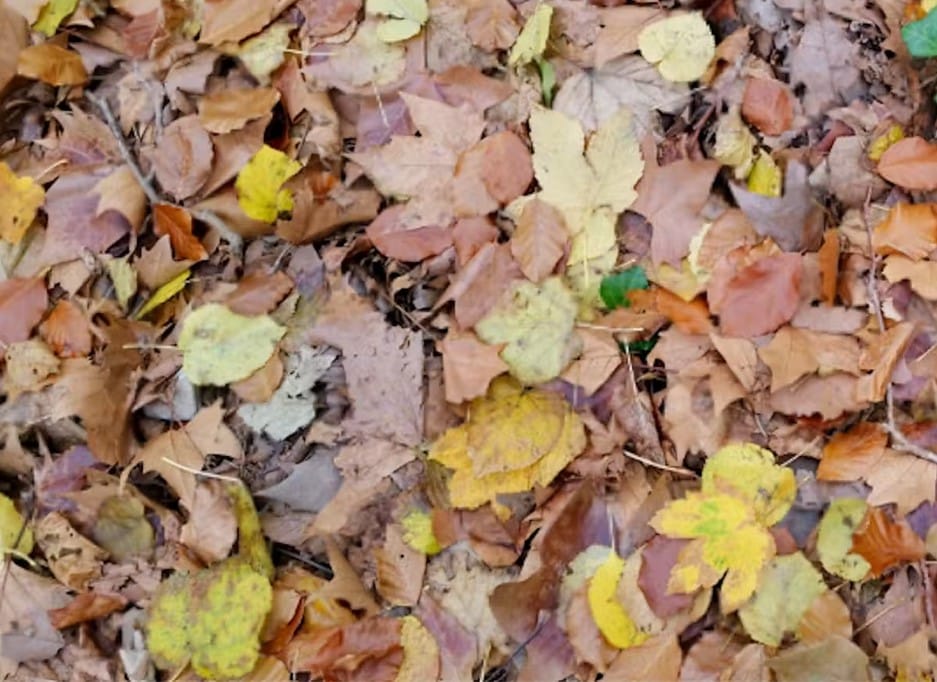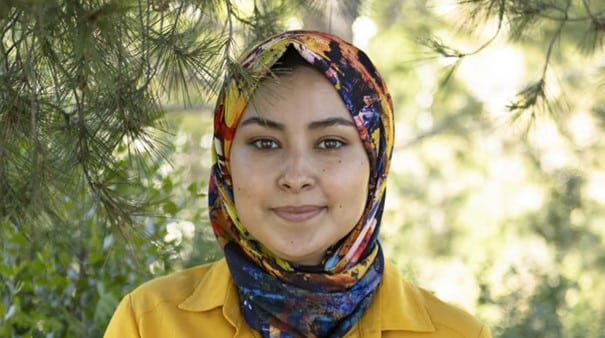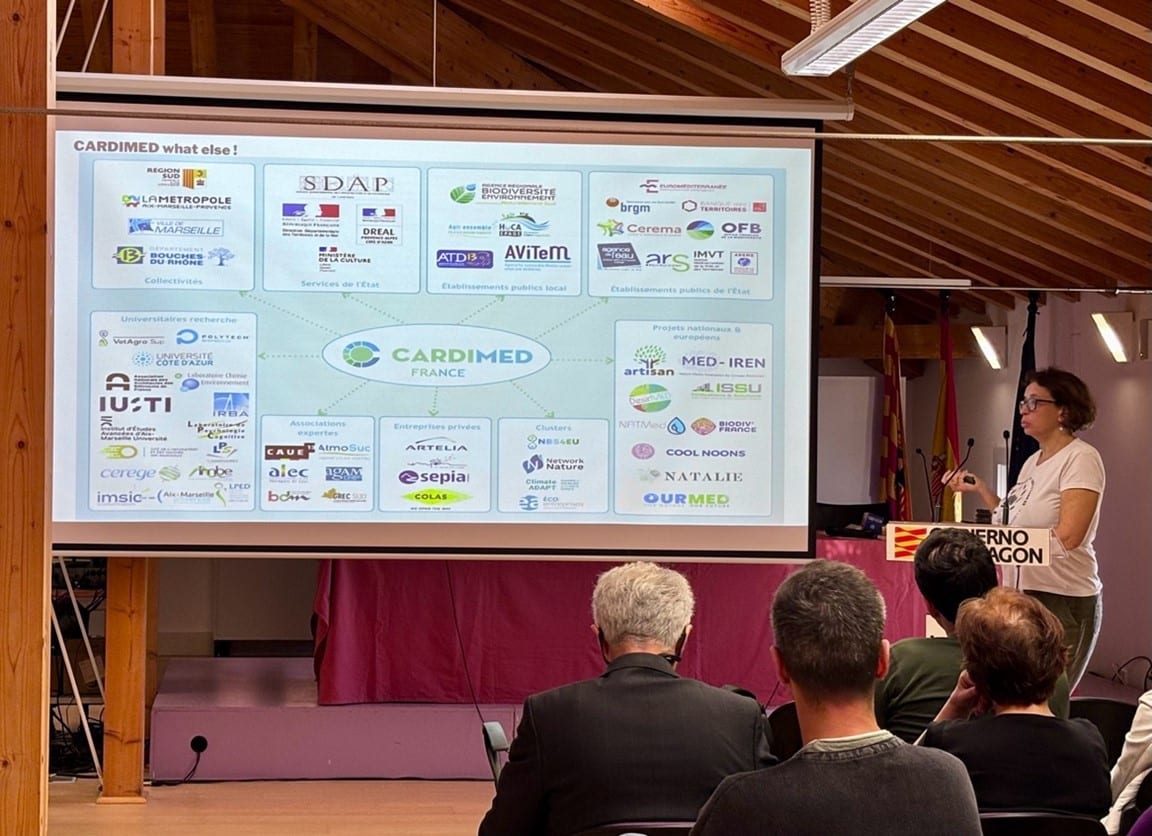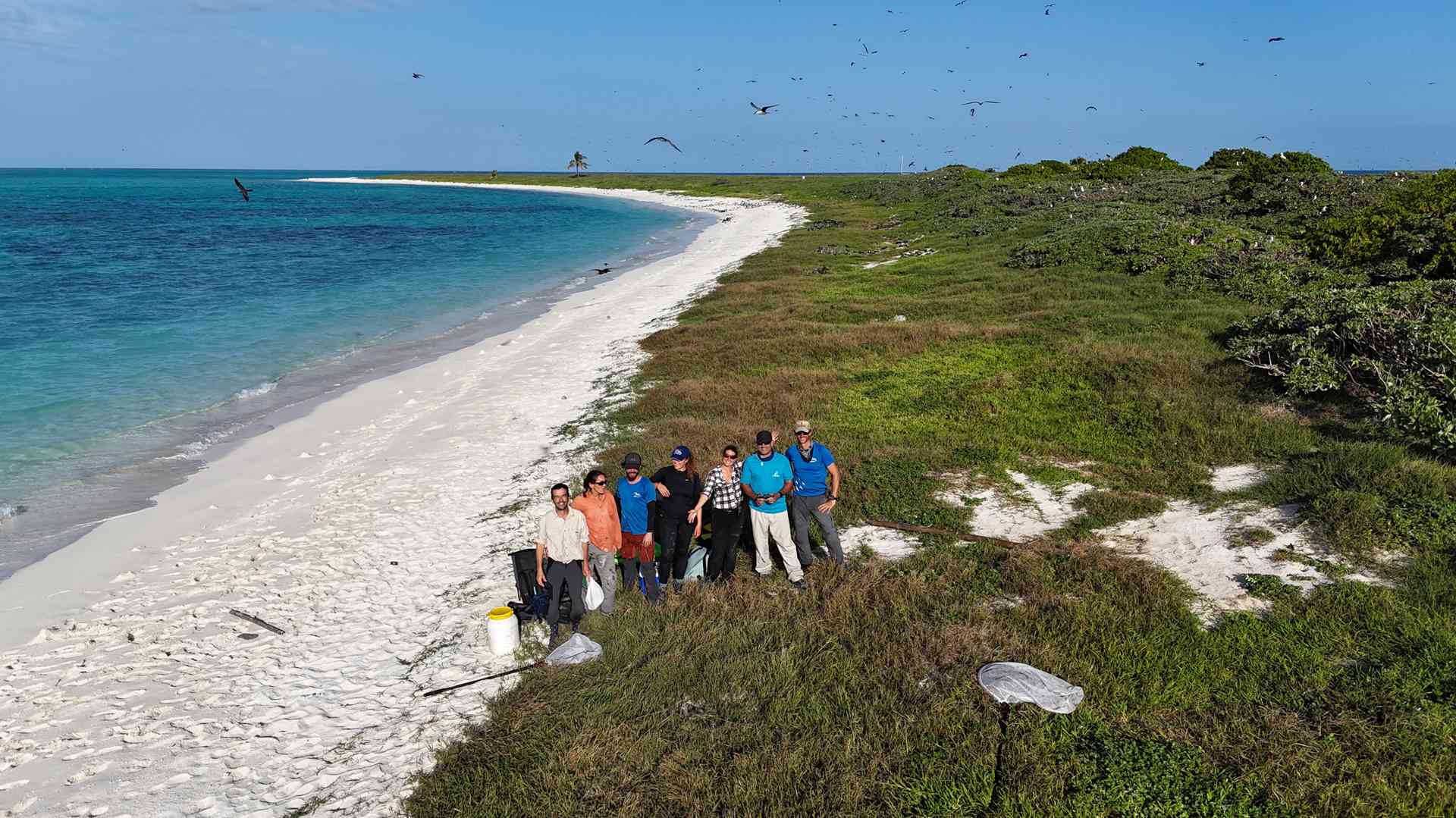
Dead leaves, discreet pillars of soil life
Essential to soil health and carbon sequestration, fallen leaves are much more than a melancholy symbol of autumn. A real fuel for ecosystems, they
The Mediterranean Institute of Biodiversity and Marine and Continental Ecology
IMBE's research is structured around 5 transversal thematic axis and 8 research teams
IMBE organizes its operational facilities around 5 technical departments
Training is, of course, the courses offered at the University (L, M, D) but also training through research (internships).
The dissemination of our scientific results is at the heart of our mission: it enables us to share and make research advances accessible to a wider audience. In addition to publications in specialist journals, the IMBE deploys a wide range of resources to popularise knowledge and make it understandable and attractive to a wide range of audiences. Through concrete actions and innovative tools, we are committed to bringing science closer to everyone, in order to establish an ongoing dialogue between science, research and the general public, especially young people.

Essential to soil health and carbon sequestration, fallen leaves are much more than a melancholy symbol of autumn. A real fuel for ecosystems, they

It is with great sadness that we bid farewell to our friend and colleague Denise Bellan-Santini. Her departure leaves a huge void in the

We are delighted to announce that Meryem Aakairi, a doctoral student attached to IMBE, is one of 34 young scientists to be awarded the 19ᵉ Prix Jeunes Talents France L'Oréal-UNESCO Pour Les Femmes

The European project CARDIMED (Climate Resilience in the Mediterranean), funded by Horizon Europe, aims to strengthen climate resilience in the Mediterranean by bringing together regional and international initiatives around the following themes

The harvest is back! 🍃 The olive harvest will take place in the first week of November 2025 on the AMU campuses in Marseille - a convivial moment not to be missed!

Seabirds are among the most threatened species in the world. Their great sensitivity to human pressures makes them true indicators of the state of health of ecosystems.